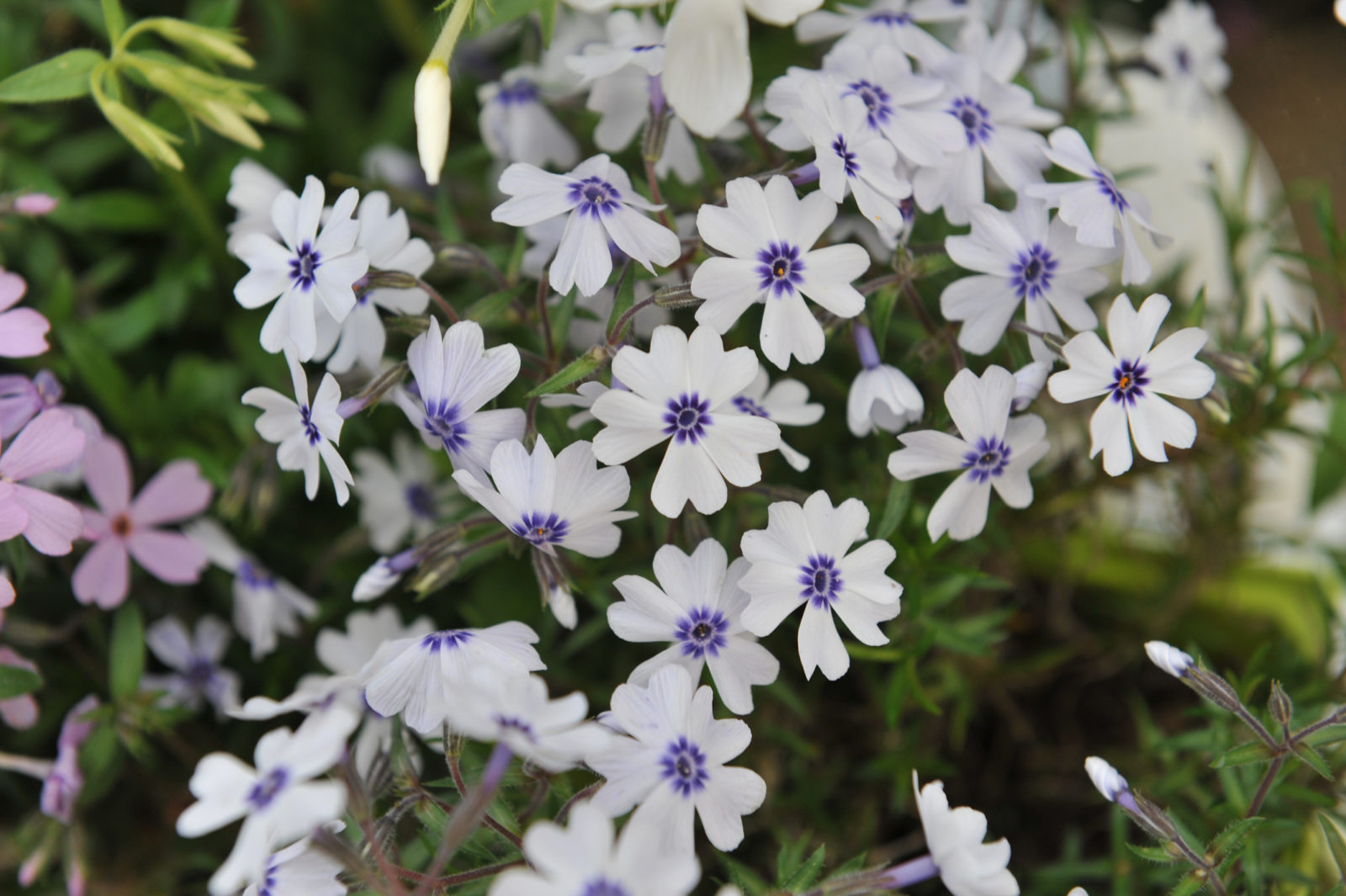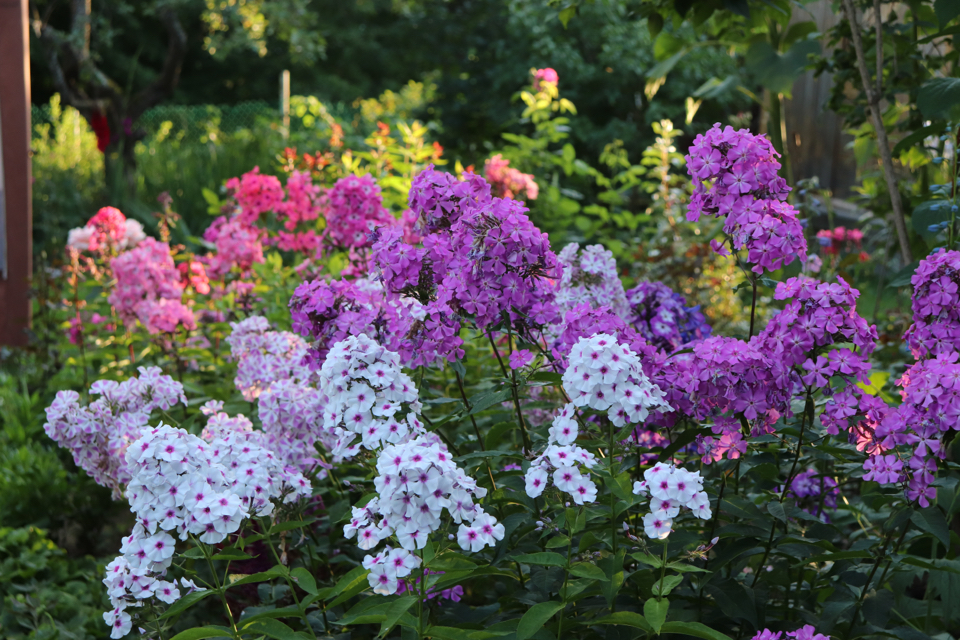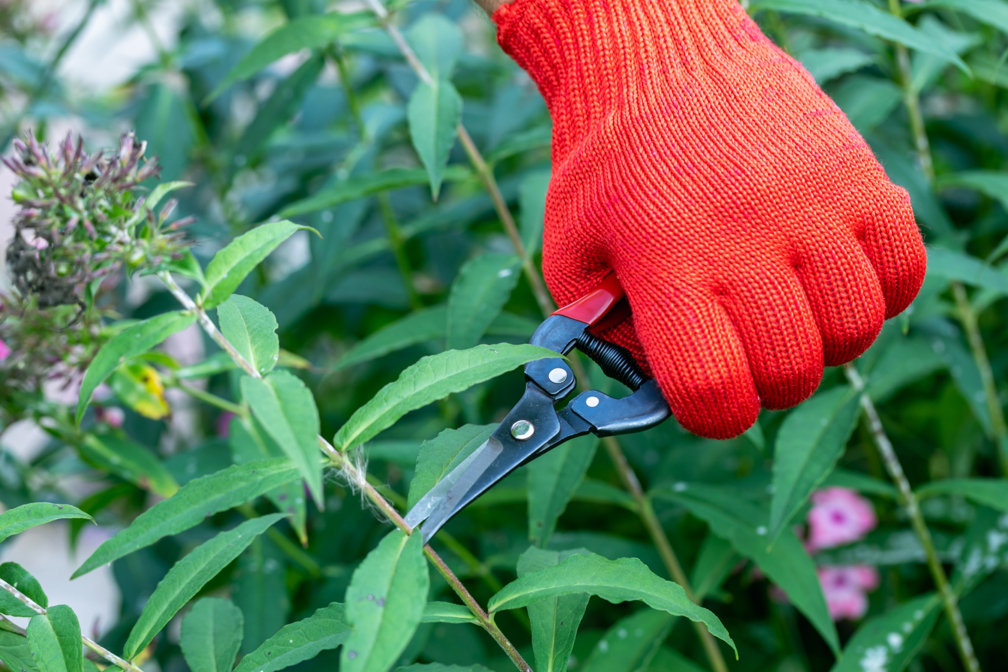Thinning Phlox By Pruning Can Significantly Reduce The Risk Of Powdery Mildew

PERENNIALS > PHLOX > PRUNING
Reviewed By COLIN SKELLY

Colin is a Horticulturist and Horticultural Consultant with experience in a range of practical and managerial roles across heritage, commercial and public horticulture. He holds the Royal Horticultural Society’s Master of Horticulture award and has a particular interest in horticultural ecology and naturalistic planting for habitat and climate resilience.
IN THIS GUIDE
Popular for its colourful, long-lasting blossoms, phlox is also favoured by UK gardeners for the ease of its cultivation.
After establishing itself, phlox requires little maintenance beyond watering the ground during times of drought.
Having said that, pruning your phlox plant will offer up a number of advantages.
Not only will it keep the specimen looking tidy and presentable, but it will also encourage new growth and reduce the chances of powdery mildew or other blights gaining a foothold.

The exact timings and methods of pruning can vary depending on the species of phlox you have.
Generally speaking, however, you can’t go wrong by following these basic steps:
- Prepare your tools, including secateurs or gardening shears
- Thin out Phlox initially in spring
- Deadhead spent blooms as and when they appear in summer
- Cut back the plant in autumn in preparation for winter
Each of those stages is explained in more detail below, alongside a brief rundown of when it’s pertinent to prune phlox throughout the year.
| Difficulty | Easy |
| Equipment Required | Gardening gloves, pruning shears, cloth, isopropyl alcohol |
| When To Prune | Throughout the year |
When To Prune Phlox
There are several times throughout the year when you can prune phlox.
Thinning out its stems in spring improves ventilation and diverts attention to the most promising shoots, while deadheading in summer prolongs the blooming season.
Cutting it back in late autumn or early winter will conserve its energy for the following year.
1) Prepare Your Tools
Preventing the spread of diseases like powdery mildew is one of the chief aims of pruning your phlox plants.
As such, you must make sure that you do not inadvertently transfer the blight from one plant to another during the process.

You can guarantee this doesn’t happen by sterilising your pruning shears.
Soak a cloth in isopropyl alcohol and wipe the blades clean before and after use.
2) Thin Out In Spring
For established plants, it’s important to allow the plant to divert its energies to where they are needed most.
You can do this by thinning out its stems in the spring, prior to the beginning of the blooming season.

For especially bushy plants, consider removing up to a third of all stems completely so as to encourage vigorous growth on the remaining ones.
You can also pinch back the others to the first set of leaves, improving ventilation and reducing congestion.
“Thinning is a good way to reduce the risk of powdery mildew because of the increased air circulation,” shares Master Horticulturist Colin Skelly.
“It isn’t necessary if powdery mildew isn’t a problem unless you consider the time spent thinning worth the additional vigour of the remaining stems.
“If powdery mildew persists, consider replacing it with a resistant cultivar.”
3) Deadhead In Summer
Phlox plants are renowned for the lengthy duration of their flowering season, but you can make it last even longer if you’re careful with your maintenance.
Look out for fading or spent flowers and cut them back to where they meet the main stem.

You can do this for individual flowers as and when they fade if you have the time.
Alternatively, you might wish to wait until over half of the flowers have expired before tackling the job in a single stroke.
4) Cut Back In Autumn
After the flowering season has finished and the plant is in retreat, there’s one last piece of maintenance you can perform to help it through the colder months.
This involves cutting the plant all the way back to the soil to help conserve its energy for when it’s needed again in spring.
Although this might seem like a drastic step, rest assured that phlox plants are resilient little creatures which will come back even stronger the following year for your efforts.

